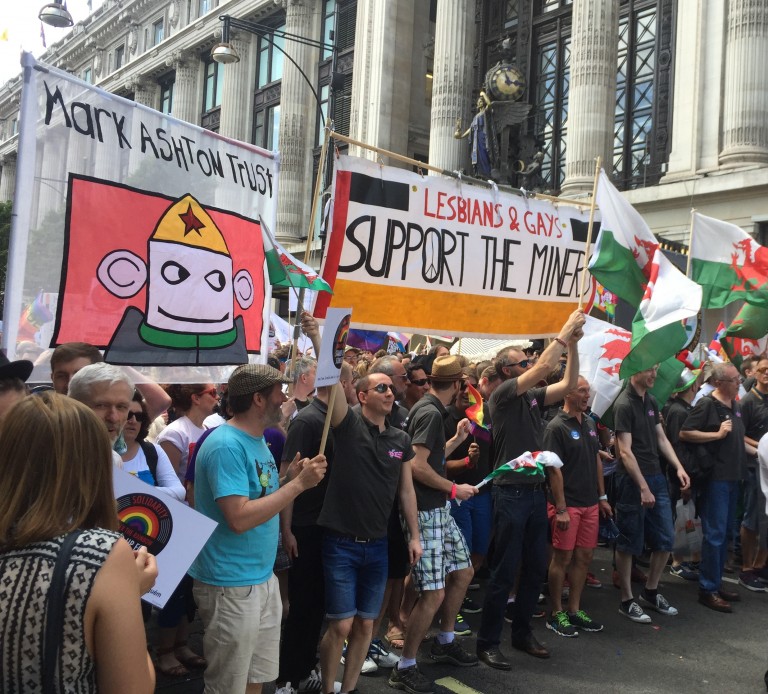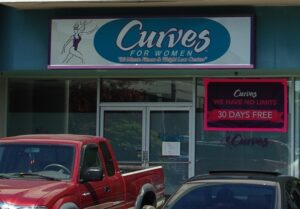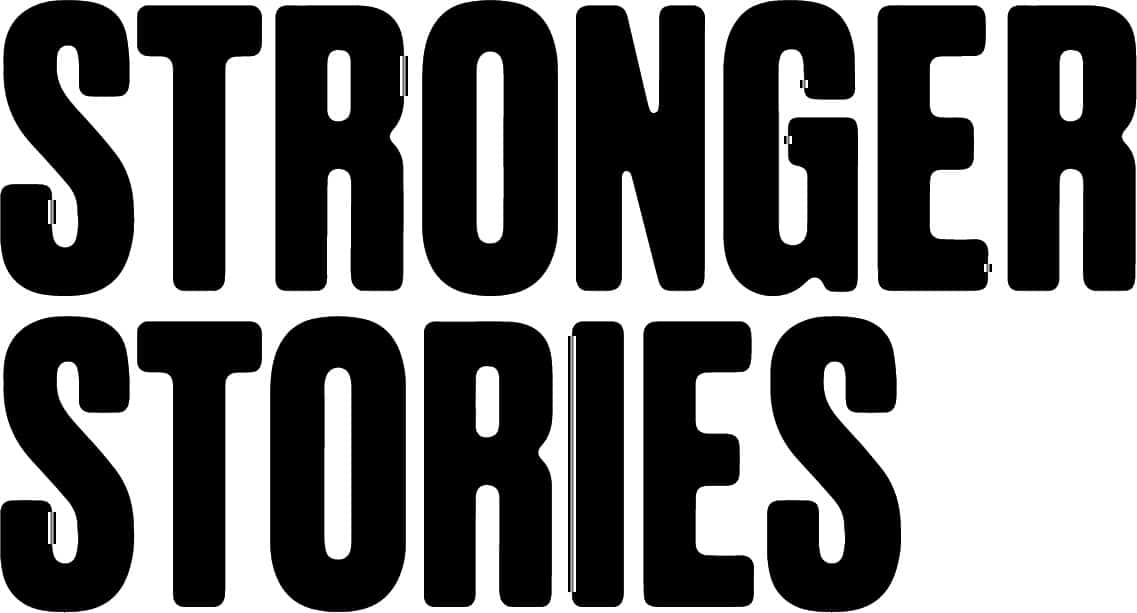
8 Cognitive Biases That Can Help With Storytelling
- Written by Rosie Ngugi Ngugi
If there’s something you really want to believe, that’s what you should question the most.
Penn Jillette
Humans have pattern-seeking brains that feed off stories. We also all have cognitive bias; these biases impact the way we process information, think and act. They’re patterns that deviate from rational judgement.
A quick example of cognitive bias is the Forer/Barnum effect, where we believe that general descriptions of ourselves are tailored, even when rationally we understand that the author could probably never know us – which is why those Buzzfeed personality quizzes are so addictive! Ironically, the Bias Blind Spot makes us think of ourselves as less biased than others!
Different cognitive biases can help or hinder our storytelling. Not least is the Narrative Bias, which is the way that we make sense of the world through story bias. In order to process the large amounts of information we digest daily, we turn the information into a story and let go of the facts that do not fit with that story. This explains why facts don’t always work – we are irrational and story-driven decision makers.
Cognitive biases are an element of storytelling that I find fascinating and you should too. They are so deep-rooted in our nature as humans, just as storytelling is. This quick dive into cognitive bias should start to help you consider the biases at play when storytelling and get your cogs turning about how you can use them to strengthen your story and help your good idea get heard.
I’ve grouped these learnings into three main areas…
- Make stories personal
- We are judged by the company we keep
- Write with the past, present and future in mind
Make stories personal
1. Identifiable Victim Effect
By making stories personal, people are more likely to listen, empathise and act. In our Canvas framework, the everyday hero is an extremely important story building block. It provides us with an understanding of who is going on the journey of change, and why. If you create an extremely gripping everyday hero, more people engage at a deeper level with the story as they respond strongly to the identified person (or community). This is called the Identifiable Victim Effect (although they don’t have to be situated as a victim). Fundraisers and charities use this extremely well. Rather than just throwing a statistic at the audience, they find compelling heroes that bring it alive – engaging people who can empathise and donate.
2. Self-Relevance Effect
Another way of making stories personal is by making them relevant to the audience. This is due to the Self-Relevance Effect where we remember and engage with information more when it relates to us. So, when you choose the story to tell them, make sure it is one that your audience can relate to the most. Often this means ramping up a section of the story which is most gripping for them. So, if you are writing a funding application, think about a story that the funder can most empathise with, not just the statistics or metrics that your good idea has. Where possible, place your audience within the story. For example, if they are a potential ally, think of the gifts they could provide and how that would impact the entire story.
3. Confirmation Bias
The Self-Relevance Effect feeds into Confirmation Bias, where we tend to search, focus on, and interpret information in a way that confirms our pre-existing ideas. So, if you know the people you are writing the story for – think about the stories they are already telling themselves or the narratives they subscribe to. What elements of those can you position within your story?
We are judged by the company we keep
4. In-Group Bias
Don’t forget, we are judged by the company we keep. Similar to the Self-Relevance Effect, we engage with people that relate to us. This is called In-Group Bias which is the favouring of someone from our own group. By creating a story that your intended audience can identify with, allows you to move into their In-Group. This, in turn, can create a Bandwagon effect, which is the tendency to act in a certain way because others do. So, if you get a good reputation with a few people within the In-Group , then you are more likely to be accepted by the rest of them.

At Stronger Stories, we often see stories that engage with the personal and the tribal (In-Group) but struggle to transition into a world-level story. An interesting way to grow a movement or organisation is through collaborating with people on the ‘how’ not the
‘why’, because this brings different tribes together. In history there have been several of these collaborative stories like Women’s Suffrage and the Temperance Movement, or Lesbians and Gays Support the Miners. By uniting different In-Groups, it heightens the potential of creating a world-level story.
5. Cheerleader Effect
Once you have a position in the In-Group, your story may be more attractive to other groups due to the Cheerleader Effect where something is more appealing in a group than in isolation. Again this is because we are judged by the company we keep. This is why our allies and mentors are so important in stories, especially if you are asking your audience to risk something, put something on the line or put their money where their mouth is.
Write with the past, present and future in mind
6. Decline Bias
As well as making stories relevant on a personal, tribal and world level, we also need to think about stories in the past, present and future. The Decline Bias suggests that we favour the past over the present – which explains why nostalgia evokes such strong emotions and why people consistently use the phrase ‘back in my day’.
The reason we have a Decline Bias is that humans don’t like change. It’s easier not to disrupt the status quo even in crisis situations when change is most needed. So, when writing your stories, think about the stories your audience is already telling themselves and try to tap into that past story with a relevant present and future story, that can help them reimagine their past. This is why crisis communications tend to iterate old war propaganda rhetoric, to tap into uniting emotions.
7. The Backfire Effect
If we don’t reimagine the past or the stories that people already tell themselves (about the past, present or future) there tends to be a Backfire Effect. The Backfire Effect is when a belief is actually strengthened because it is challenged. To avoid this, it is extremely important to truly think about your audience and the stories they already tell themselves. How can you provide them with a pathway which reimagines their stories in a non-challenging way?
8. Present Bias

So, people believe that the past was better than it actually was. But they also place more significance on the present than the future. This is called Present Bias; we value immediate gratification over longer-term positive impacts.
When crafting stories, you must link present decisions to future consequences. Woden explains how Curves Gym managed to successfully avoid present bias by not focussing on the long-term gains at the cost of short-term discomfort. Instead, they showed how women were happier in the present because of the immediate uplifting effect of their workout – which just so happens to have the extra perk of long-term health benefits.
What can we learn?
Ultimately, we all have cognitive biases. There are hundreds of them, and they are all uniquely interesting (or at least I feel that they are all uniquely interesting). If you want to read more, you can check out the most common biases at YourBias.is by The School of Thought.
Understanding your own biases is important and understanding your audience’s biases can be powerful when trying to galvanise support for your good idea. Taking time to think about biases can help you employ the best storytelling techniques to speak to our irrational, pattern-seeking, story-driven, decision-making brains.
Share:
Grow Your Good Idea Faster
New ideas are precious. Win support by learning how to create and tell a stronger story – join our Lean Story School for free.

Related posts
Business as Unusual: Anita Roddick and The Body Shop
Anita Roddick, activist and founder of The Body Shop, was someone who married her products with politics. Her life and...
How to make the truth fascinating
Amidst the rise in popularity of fake news and sensationalism, telling the truth and making it just as compelling as a...
Story and Data: Three Make or Break Moments in Story History
“Maybe stories are just data with a soul.” Brené Brown Everyone learns differently. Some people need hard facts,...
Learn from the strongest stories about change
We’re working hard to walk the talk.
We’re proud to have been awarded The Blueprint and B Corp status in recognition of our work towards creating a better world.

